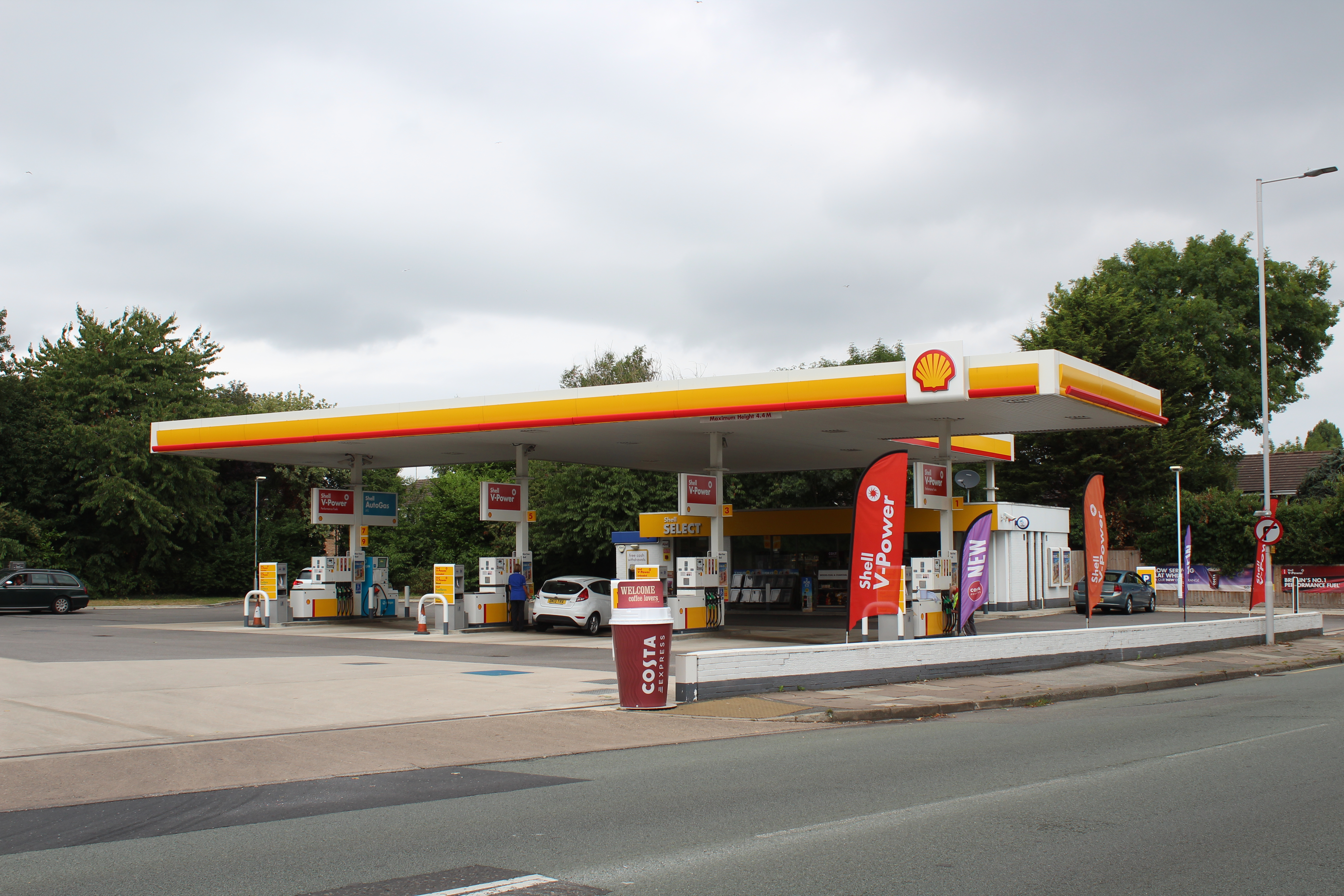Media release
From:
Climate change: Energy institutions’ decarbonization scenarios evaluated against the Paris Agreement
Published emissions mitigation scenarios from several major energy institutions may be incompatible with the Paris Agreement target of limiting global warming to 1.5°C, a study in Nature Communications suggests.
Ways to meet the Paris Agreement’s 1.5°C long-term temperature goal are provided by a variety of sources. These pathways inform planning across a wide range of sectors and are used to indicate how rapidly different sectors must reduce greenhouse gas emissions. Pathways are provided by both public and private institutions.
Robert Brecha and colleagues assessed a total of 6 emissions mitigation scenarios from Equinor, Shell, BP and the International Energy Agency (IEA) to determine their compatibility with the Paris Agreement target of limiting global warming to 1.5°C. They compared their assessments with Integrated Assessment Model scenarios from the Intergovernmental Panel on Climate Change. The authors assessed scenarios against three criteria: not being likely (i.e. having a less than 66% probability) to overshoot 1.5°C of warming and a 50% chance of meeting 1.5°C by the end of the century; being very likely (90% or better) to limit warming below 2°C; and achieving net zero greenhouse gas emissions before the end of the century, as outlined in Article 4 of the Paris Agreement. They suggest that 5 of the scenarios assessed overshoot the 1.5°C warming limit by a significant margin and, that of the 6, only the IEA’s ‘Net Zero by 2050’ scenario is aligned with the Paris Agreement target of limiting warming to 1.5°C.
The authors conclude that their findings underscore how scenario pathways that delay reductions in fossil fuel consumption run the risk of overshooting the 1.5°C goal. They argue that more transparency is needed on the part of energy sector actors to provide a full picture on the climate outcomes of the scenarios they produce.



 Australia; International; VIC
Australia; International; VIC



